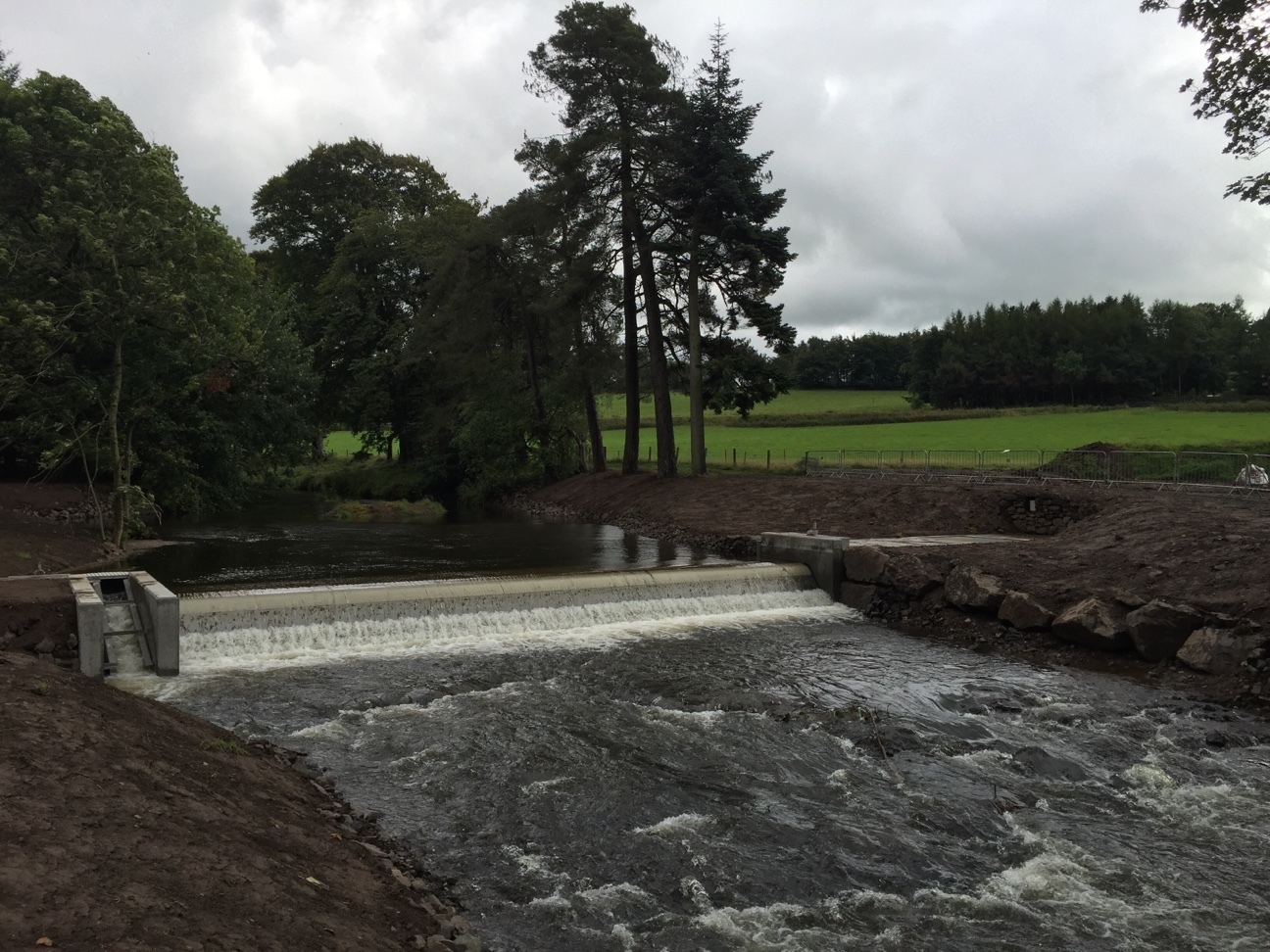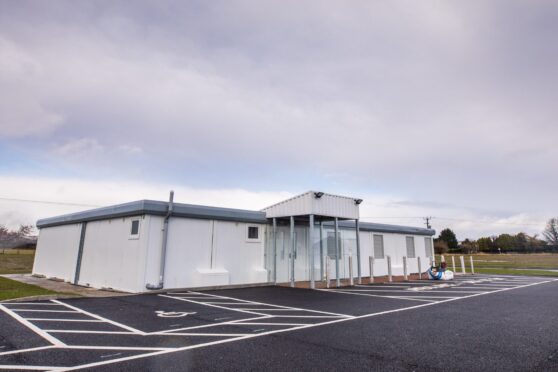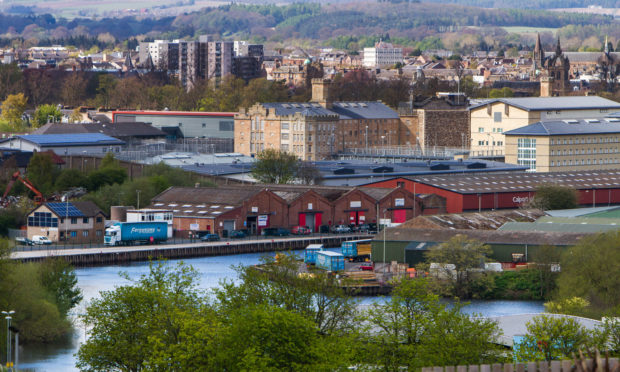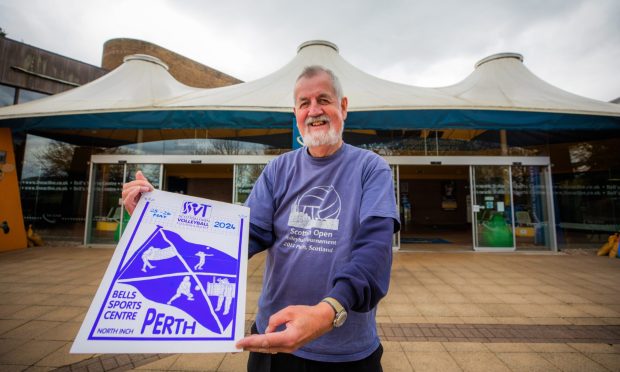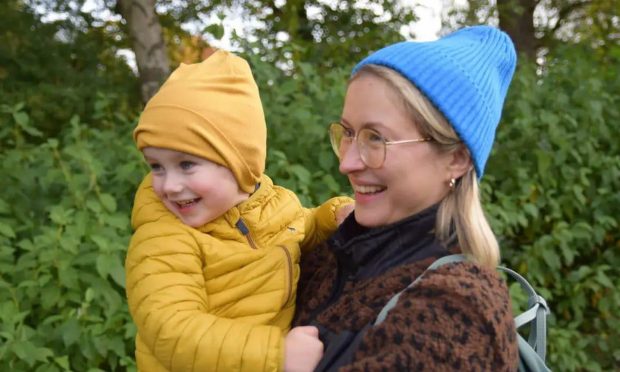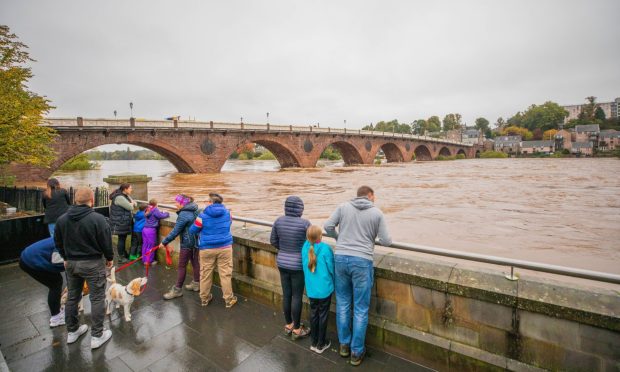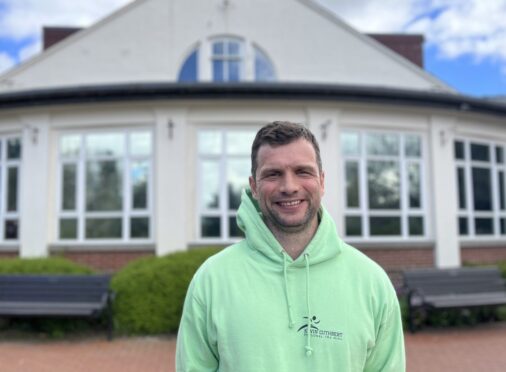More than 660 people helped raise £2.9 million to fund what is understood to be the largest community-owned hydro energy scheme in the UK.
On Friday, members of the Rumbling Bridge Community Hydro Society (RBCHS) will proudly walk the route of the pipeline, which is located near the Kinross-shire village.
They will also see the weir and powerhouse in operation at the run-of-river scheme, which means only water that flows through the River Devon is used.
Paul Wheelhouse, Scottish Minister for Business, Innovation and Energy, will officially launch the scheme, joined by community members, landowners and stakeholders who have been involved in creating the 500kW hydro scheme.
These include Energy4All, Energy Prospects Co-operative, Grant Ltd, Glendevon Energy, Cairneyhill, Kestral and Local Energy Scotland.
The hydro scheme members consisted of many local residents along with renewable energy supporters from across the UK.
Paul Phare, chair of RBCHS, said the society’s members are “doing something tangible” in the fight against climate change, and stated they will receive a “fair return” on their investment, with profits delivering community benefit.
“This project is the largest community-owned hydro scheme, not just in Scotland but in the UK,” he claimed.
“More than 15,000 man-hours have been put into the project, with many more hours from other stakeholders.”
He continued: “This project is an important step in the green energy revolution because a community is taking control of an energy generating asset and will run the business democratically for the benefit of the community.
“These economic benefits will be available to members, the local community and organisations which share common values. We hope the next step will allow the society to sell electricity to its members, as happens in other parts of Europe.”
A member of the society had to have the minimum number of shares, with a nominal value of £1.
Minister for Business, Innovation and Energy Paul Wheelhouse said: “I am delighted to be opening the Rumbling Bridge Community Hydro Scheme. This project will generate community benefit funds of £5000 plus per year, and the community are currently consulting on how this can best be directed to the benefit of local people.
“Community-owned renewables have the potential to help drive social, economic and environmental change at a local level. They already play a hugely important role within our energy mix.
“There’s more than 500 MW of projects that have already been developed in Scotland, but we want to do much more and want to raise this to 1GW by 2020 and, by 2030, to double that yet again to 2GW.
“Scotland is making great progress in renewable energy with the equivalent of 56.7% of total electricity used in Scotland being met renewable energy sources in 2015.
“A draft of our new Energy Strategy, which will be published early next year, will build on this approach, promoting community ownership and involvement in renewable energy and demonstrating how we will capitalise on the social, economic and environmental benefits of the transition to a low carbon economy.
“This will form our strategic response to the challenges and opportunities facing the energy sector and will also set out our long term vision for energy in Scotland in the years up to and including 2050 while also informing the Climate Change Plan to meet our climate change targets between 2016 and 2032.”
